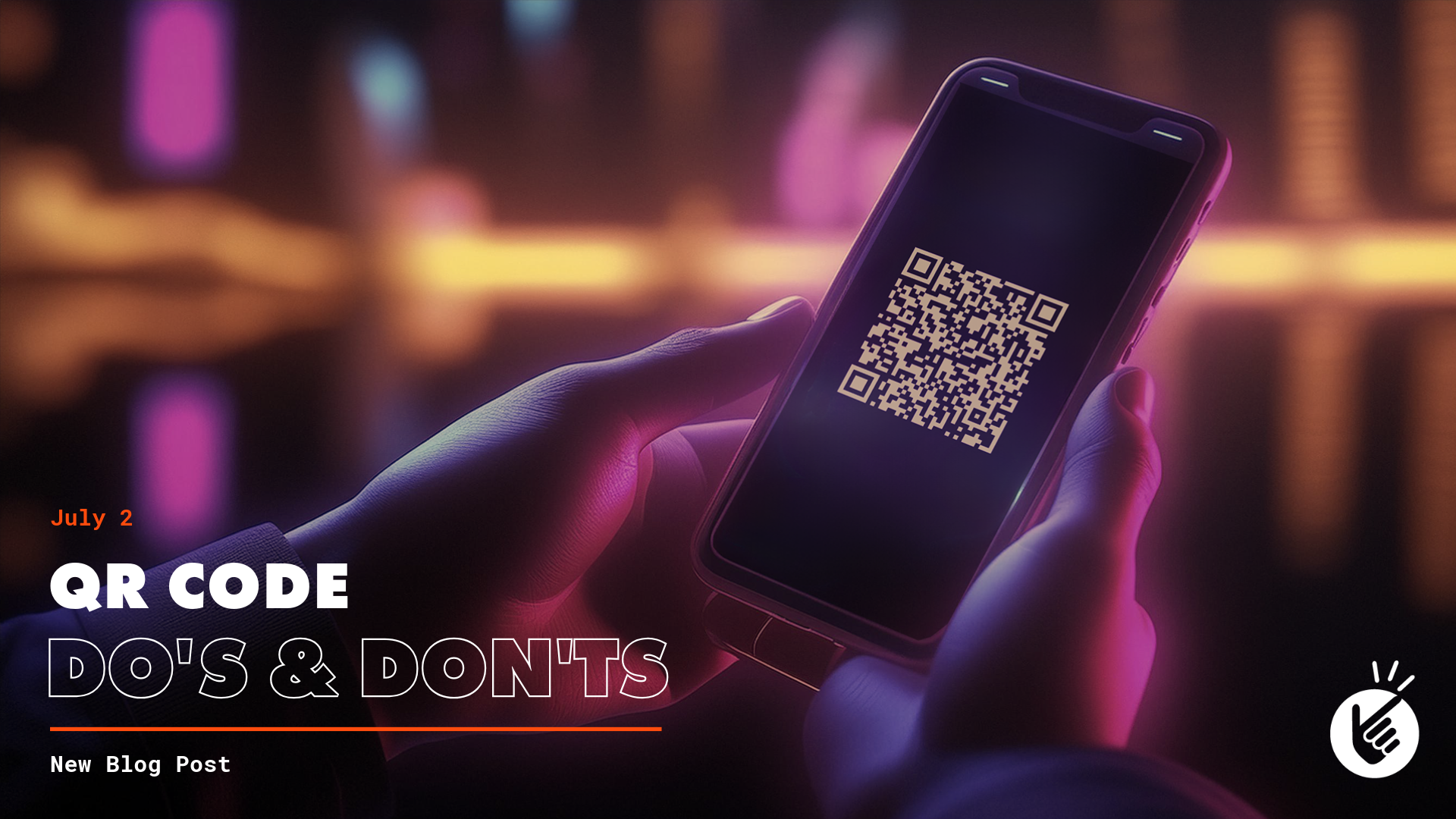QR Code Do’s and Don’ts
What is a QR Code?
A QR code is a code that can be read by machines, composed of a pattern of black and white squares. Typically, it stores URLs, and when users scan it with their smartphones, it directs them to a specified URL.
The resurgence of QR codes occurred in recent years, particularly during the onset of COVID-19. Many restaurants adopted QR codes in place of physical menus, businesses utilized them for contactless payments, and various other applications emerged to minimize direct contact. As people became more accustomed to using QR codes, their prevalence in marketing increased. They began appearing in local settings, national companies incorporated them into point-of-sale materials, and they even made an appearance in a Super Bowl commercial in 2022!
Do's:
1. Get creative with your QR Code: Numerous QR code generator tools allow for customizations such as incorporating brand colors or logos. However, it's essential to ensure that these customizations don't compromise readability and ease of scanning.
2. Use QR Codes with Traditional Media: Print materials, such as business cards, invoices, or sales materials, are ideal for QR codes. This allows customers to receive printed information while providing an effortless way to access online content. QR codes in TV commercials and point-of-purchase materials can also be effective in directing viewers to a website.
3. Keep Track of Your QR Codes: Maintain a record of created QR codes and update them if website URLs change. Some QR code generation programs offer tracking features, allowing you to monitor scans. Additionally, it's advisable to test QR codes before incorporating them into marketing materials.
Don'ts:
1. QR Codes on Social Media: Avoid using QR codes on social media platforms, as links are already supported in posts or profile bios. Since social media is predominantly accessed via mobile phones—the devices used for scanning QR codes—using QR codes here is unnecessary.
2. QR Codes on Banner Ads: Digital banner ads are not suitable for QR codes. These ads aim to encourage users to click and visit a website directly. QR codes take up limited space in ads that vary in size, and their inclusion is unnecessary when a simple click can direct users to the website.
3. No Call to Action With Your QR Code: Including a call to action is crucial when using QR codes. Clearly instruct users to scan, specify what they are scanning, and explain why they should do so.

QR codes can effectively bridge traditional and digital marketing tactics. When evaluating marketing strategies, assess the correct and beneficial use of QR codes. If you're interested in incorporating QR codes into your marketing strategies, Call SnapMe today to see how we can help.

